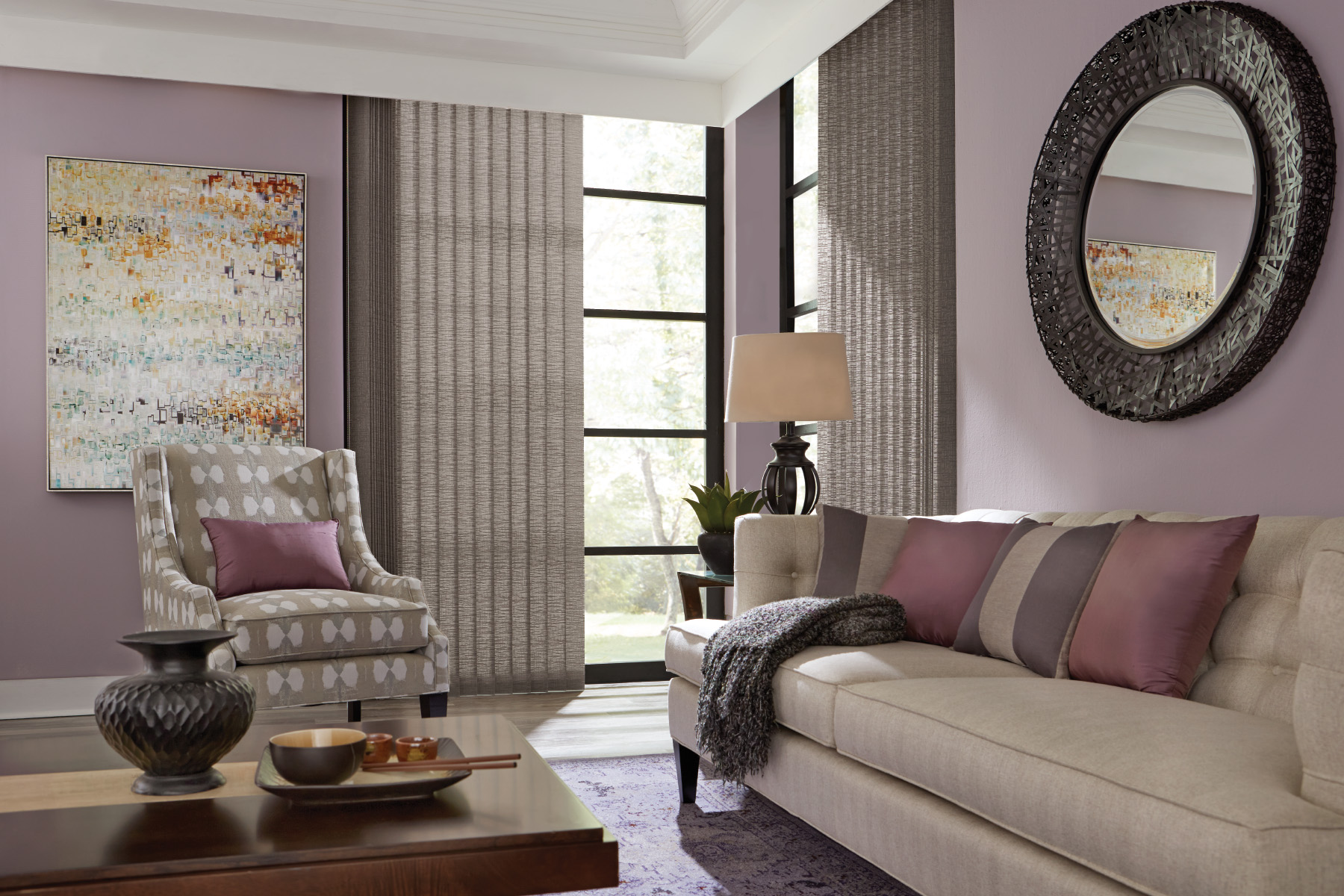
Draperies
Draperies might provoke negative window covering impressions for many of us. We remember the many layers of heavy, old-fashioned draperies our grandparents or parents hung in the main room, often shrouding windows to the point that even getting to the window was a challenge. Just the mere use of the word “drapery” makes many of today’s window-covering consumers cringe. Draperies are often just not something consumers are willing to consider, as the memories of fabric laden windows come rushing back.
This is unfortunate, for today’s drapery styles and patterns are very different from those of previous generations. Colors are more vibrant, and fabric weights are reduced, and a seemingly endless selection of patterns and textures are available. Additionally, with the greatly improved thermal windows in most homes today, the need to layer up heavy draperies over our windows to keep a room cool or warm has diminished notably.
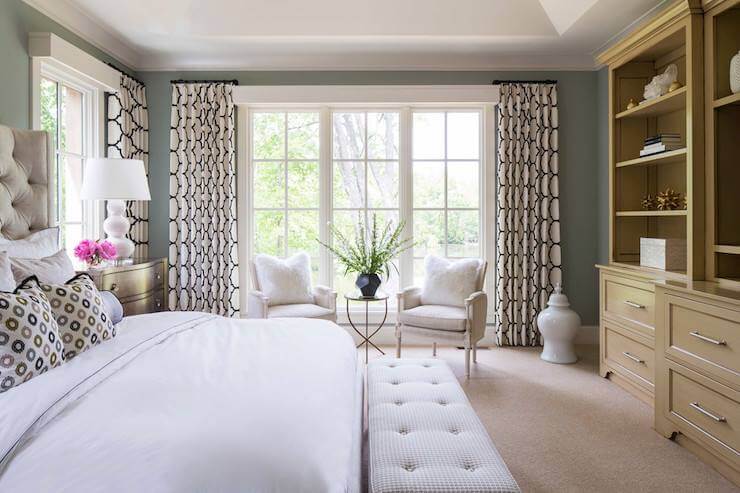
The functional nature of draperies is almost as varied as the styles. Draperies can control light by filtering it with sheers, semi-sheers, or they can completely block out light. They can also be effective in controlling drafts that result from windows that are not airtight. Draperies can be hung as stationary panels delivering depth and color, or they can be mounted on rods that permit the drapery to be drawn for privacy or opened fully permitting a room to be flooded with sunlight, or colorfully frame your favorite view.
One of the more popular uses of draperies today is to combine them with other window covering solutions like shades, blinds, or shutters. Often these solutions offer the functional aspect of the window covering, providing the privacy or shading, while the draperies deliver the well-coordinated color schemes that ready your room for a Good Housekeeping magazine spread. A well-matched shade of texture and colored accents under an elegant set of draperies can often serve as a focal point in an otherwise unremarkable room.
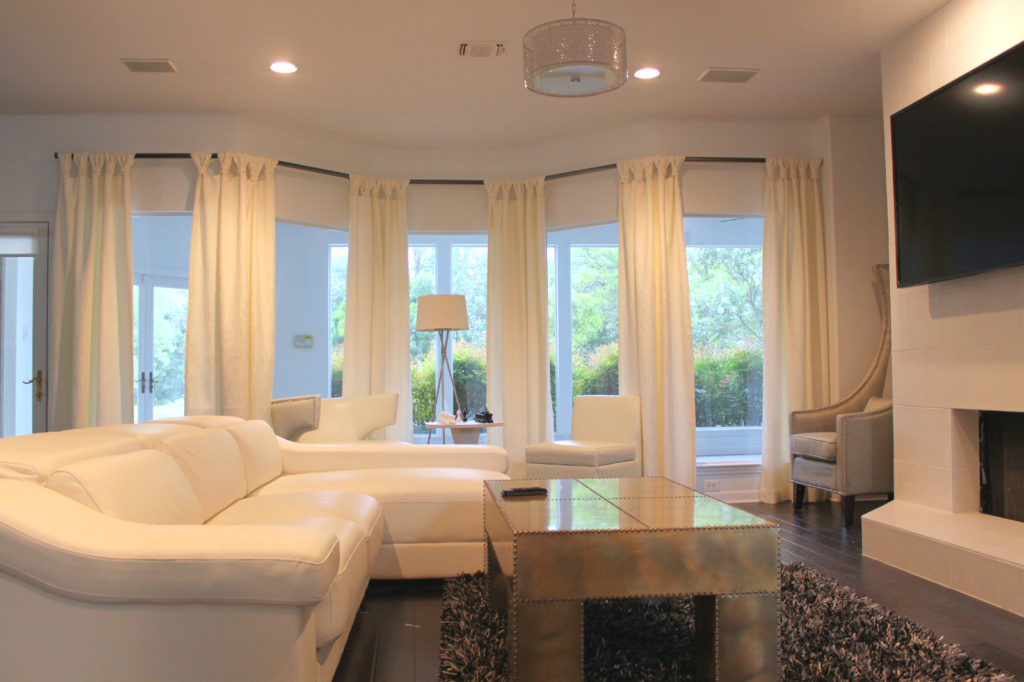
Shades are very popular and come in a wide variety of room darkening and blackout styles. Blinds and shutters also reduce light notably, but while they all greatly reduce light, they will not achieve complete blackout as light does bend around these solutions. A typical roller shade can often have an inch or more of gap on the sides, significantly compromising their light blocking qualities. The use of draperies in unison with these highly popular window coverings can add style, color, and increased light control, assuring you sleep well into mid-morning, if you so desire.
In addition to these notable features, draperies are perfect for windows that do not permit an inside mount shade or blind installation. Very often builders leave very little room for the inside mounting of shades, blinds, and shutters within the interior window frame. Likewise, replacement windows very often take up what room was available. Shades and blinds mounted on window trims or walls can be awkward functionally and aesthetically, often they stand away from the window further than consumers prefer, compromising privacy and light control. Again, this is when draperies can help enhance the aesthetics by covering the large gaps on the edges.
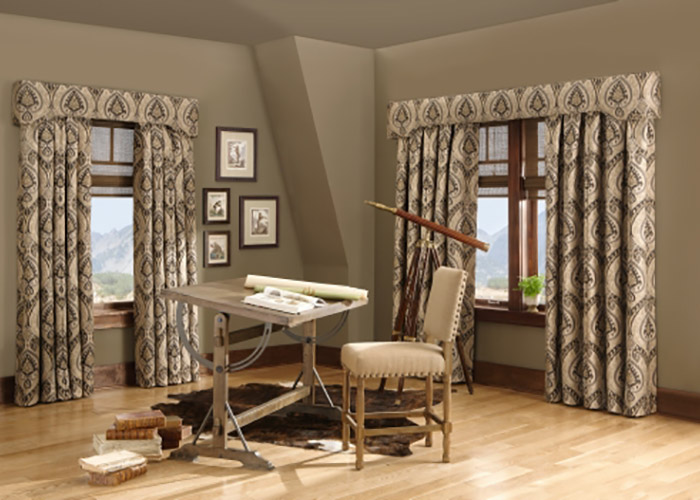
Another very popular and classic solution is the use of valences and cornices. These timeless window coverings coordinate well with the most popular window covering fashions. Like draperies, valences and cornices excel at covering head rails or drapery rods when an outside mount is required. They both come in varied colors and styles including stained woods and color coordinate fabrics. While the terms “valence” and “cornice” are largely synonymous, the cornice tends to be fabric covered and vary greatly in height, often approaching 24 inches on large windows, whereas a valence tends to be more streamlined and is typically made of stained or painted wood, and often comes standard with blinds and shades.
If you decide against a cornice or valance but still want to explore the use of draperies, decorative drapery rods are very popular. They can provide support for decorative stationary panels or they can include traverse mechanisms enabling the opening and closing of draperies with draw cords or motorization. Decorative rods come in various styles and colors, and are offered in materials including metal, wood and plastic. Standard fixed and traverse rods are also available that remain hidden behind drapery pleated hems, which continues to be popular with drapery styles.
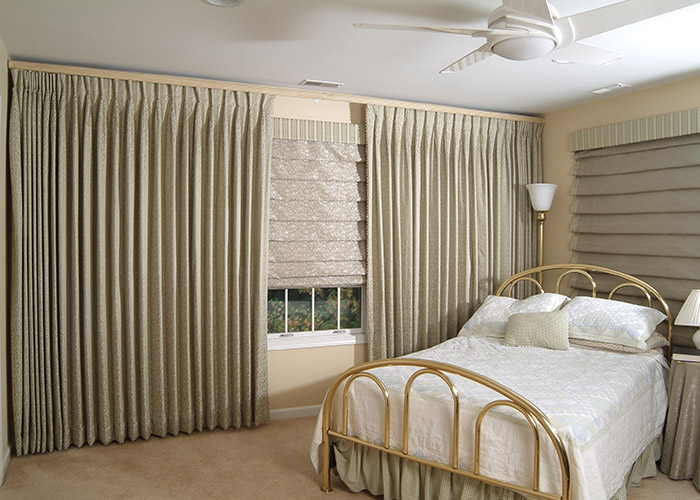
At Made in the Shade of Northern Virginia, we are eager to explore the many drapery, valence, cornice, and drapery rod options available to you as you consider window coverings for your treasured home. The best part is, we bring the showroom to you, offering several industry-leading drapery products for your consideration. No job is too small, so give us a call and let’s start discussing the look you want in your home today. Call us at 703-330-6487 or look us up on the web at: madeintheshadenova.com.












